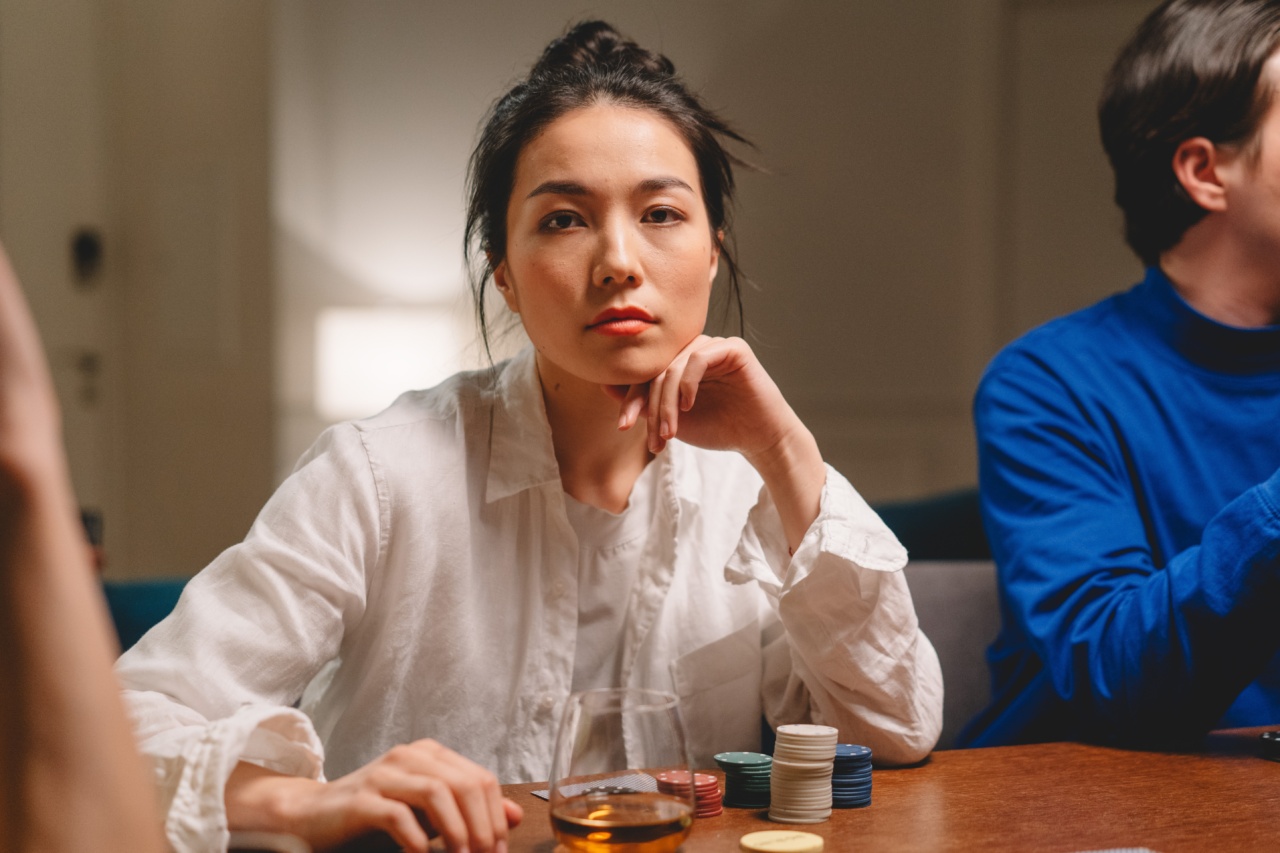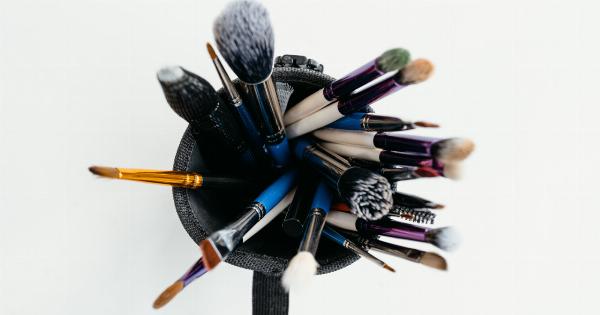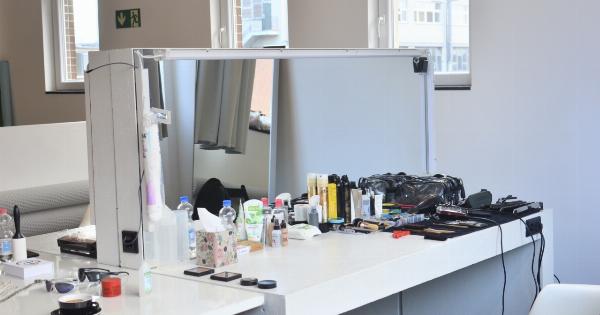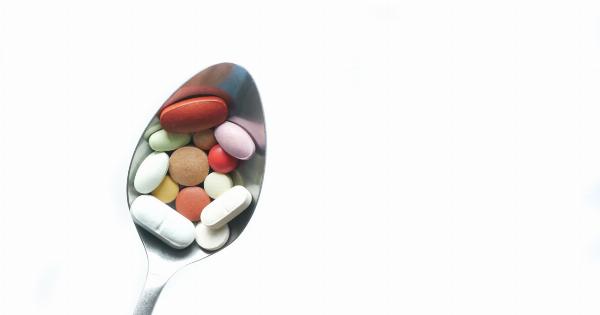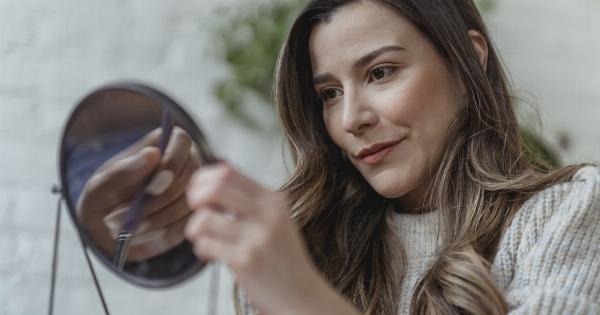Rosacea is a chronic skin condition that causes redness, sensitivity, and inflammation on the face, often accompanied by bumps, pimples, and visible blood vessels.
While the exact cause of rosacea is not fully understood, experts agree that various factors can trigger or aggravate the condition, including genetics, sun exposure, stress, hot weather, spicy foods, and certain medications.
However, recent studies have also shown that alcohol consumption can increase the risk of developing or exacerbating rosacea, especially in women.
In this article, we will explore the link between alcohol and rosacea, the symptoms and causes of rosacea, and the preventive and treatment options available for women at risk.
What is Rosacea?
Rosacea is a common skin disorder that affects over 16 million people in the United States alone, according to the National Rosacea Society. Women are more likely than men to have rosacea, especially between the ages of 30 and 60.
The symptoms of rosacea can vary from mild to severe and include:.
- Facial redness (blushing or flushing)
- Bumps or pimples (similar to acne)
- Visible blood vessels (spider veins)
- Burning or stinging sensations
- Gritty or itchy eyes (ocular rosacea)
While the exact cause of rosacea is still unknown, researchers have identified several factors that can trigger or aggravate the condition, including:.
- Sun exposure
- Hot weather/cold winds
- Stress
- Exercise
- Spicy foods
- Alcohol consumption
Alcohol, in particular, has been shown to play a significant role in the development and progression of rosacea, especially in women.
How Does Alcohol Affect Rosacea?
Alcohol consumption can affect rosacea in several ways:.
- Vasodilation: Alcohol can cause the blood vessels to dilate (expand), leading to facial redness and flushing, which are hallmark symptoms of rosacea. This effect is more pronounced in women than in men, due to hormonal differences and other factors.
- Dehydration: Alcohol is a diuretic that can cause dehydration, which can make the skin more sensitive and prone to irritation, inflammation, and itching. Dehydration can also trigger the production of histamines, which can cause further redness and itching.
- Inflammation: Alcohol can activate the immune system and trigger inflammation, which can exacerbate existing skin conditions such as rosacea. Chronic inflammation can also damage the skin’s barrier function, making it more vulnerable to environmental toxins and infections.
- Flora imbalance: Alcohol can disrupt the natural balance of bacteria and fungi on the skin, leading to overgrowth of harmful or opportunistic microorganisms. This can further compromise the skin’s barrier function and trigger inflammatory responses.
Given these effects, it is not surprising that women who consume alcohol regularly or excessively are more likely to develop or worsen rosacea than women who do not drink alcohol.
Who Is at Risk of Alcohol-Induced Rosacea?
While anyone can develop rosacea, certain factors can increase the risk of developing alcohol-induced rosacea, including:.
- Gender: Women are more likely than men to have rosacea, and alcohol can exacerbate this gender bias due to the above-mentioned effects on estrogen and hormones.
- Age: Rosacea is most common in people between the ages of 30 and 60, which is also the age group that is most likely to consume alcohol.
- Family history: Rosacea is genetically linked, so if you have a family member with rosacea, you are more likely to develop it yourself.
- History of sun damage: Sun damage can trigger or worsen rosacea, and alcohol can exacerbate this effect by dehydrating and sensitizing the skin.
- History of acne or eczema: People with a history of acne, eczema, or other inflammatory skin conditions may be more prone to rosacea.
If you have any of these risk factors, it is important to be aware of the potential connections between alcohol and rosacea, and to take steps to reduce your risk and mitigate the symptoms if you already have rosacea.
Prevention and Treatment Options for Alcohol-Induced Rosacea
If you have rosacea and suspect that alcohol may be aggravating your symptoms, or if you are at risk of developing rosacea due to alcohol consumption, there are several preventive and treatment options available, including:.
- Avoiding or minimizing alcohol consumption: The most effective way to prevent or reduce alcohol-induced rosacea is to avoid or limit alcohol consumption. This can involve abstaining from alcohol altogether or reducing your intake to moderate levels. According to the National Rosacea Society, “moderate” alcohol consumption means up to one drink per day for women and up to two drinks per day for men.
- Using sunscreen and protective clothing: Since sun exposure can trigger or worsen rosacea, it is important to protect your skin from UV rays by using a broad-spectrum sunscreen with an SPF of at least 30, wearing protective clothing such as hats and sunglasses, and avoiding direct sunlight during peak hours (10 am to 4 pm).
- Using mild skincare products: Rosacea-prone skin is sensitive and easily irritated, so it is important to use gentle, non-comedogenic skincare products that do not contain alcohol, fragrances, or other potential irritants. Look for products that are specifically formulated for rosacea, such as cleansers, moisturizers, and sunscreen.
- Using prescription medications: If your rosacea symptoms are severe or do not improve with lifestyle changes and skincare products, your dermatologist may recommend prescription medications such as antibiotics, anti-inflammatories, or acne treatments. These medications can help reduce inflammation, kill bacteria, and improve skin texture and appearance.
- Using laser or light therapies: In some cases, laser or light therapies such as intense pulsed light (IPL), photodynamic therapy (PDT), or vascular laser therapy may be used to treat rosacea symptoms by targeting and reducing the redness, flushing, and visible blood vessels on the skin.
Conclusion
While there is no cure for rosacea, there are many ways to prevent or reduce alcohol-induced rosacea and manage the symptoms effectively.
By avoiding or moderating alcohol consumption, protecting your skin from sun damage, using gentle skincare products, and seeking medical advice if necessary, you can live with rosacea without letting it control your life.
